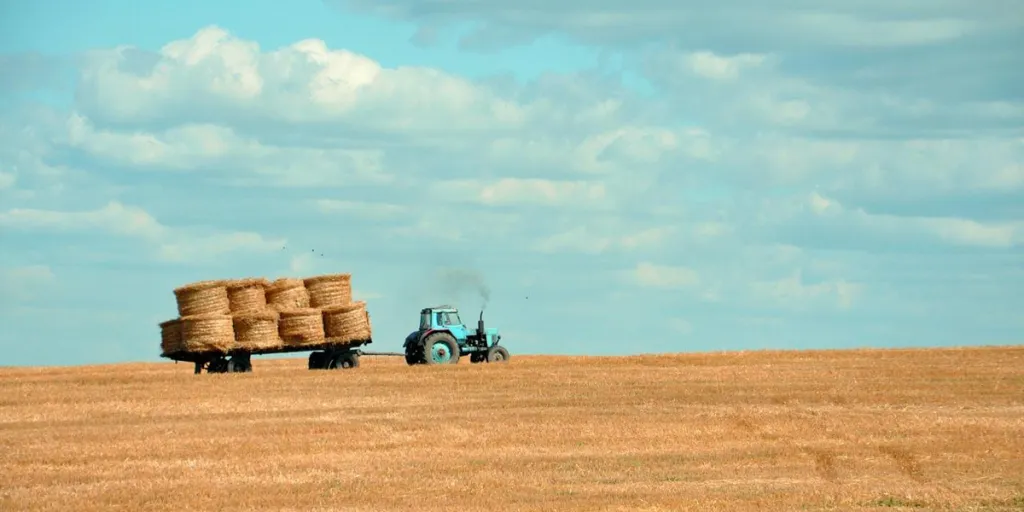In modern agriculture, having the best equipment can make or break your business. Depending on what the farm produces, it will need different types of equipment. However, farms rarely rely entirely on manual labor anymore.
For agricultural businesses looking to embrace innovative technologies and follow the latest trends in optimizing crop yields, farm equipment is simply crucial.
This guide will look at various types of agricultural equipment and how they are used. It will also discuss the latest trends in farm technologies, helping business buyers make informed sourcing decisions.
Table of Contents
The Importance of Agriculture Equipment in Modern Agriculture
Latest Trends in Farm Equipment
Wrapping Up
The Importance of Agriculture Equipment in Modern Agriculture
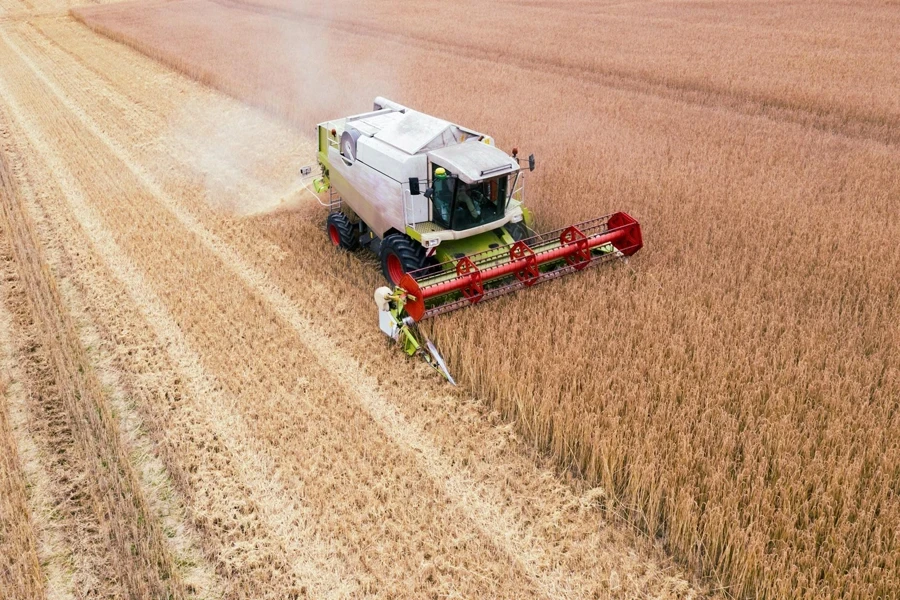
Gone are the days of labor-intensive manual farming. Today, farming technologies have replaced many tedious tasks, allowing agricultural producers to grow in scale and efficiency.
In the past, farming relied heavily on human and animal labor, with simple tools like hoes, harrows, and plows. Today, the agricultural sector is modern and advanced, using the latest technologies to meet the global demand for food.
Most recently, farms are adopting cutting-edge technologies like geographic positioning systems (GPS), drones, and advanced data analytics. These innovations are driving several trends like sustainability and smart farming.
The new farm tools help agricultural businesses optimize their operations while simultaneously reducing their environmental impact and feeding the world.
So, what are the key machines that bring food to our tables?
Tractors
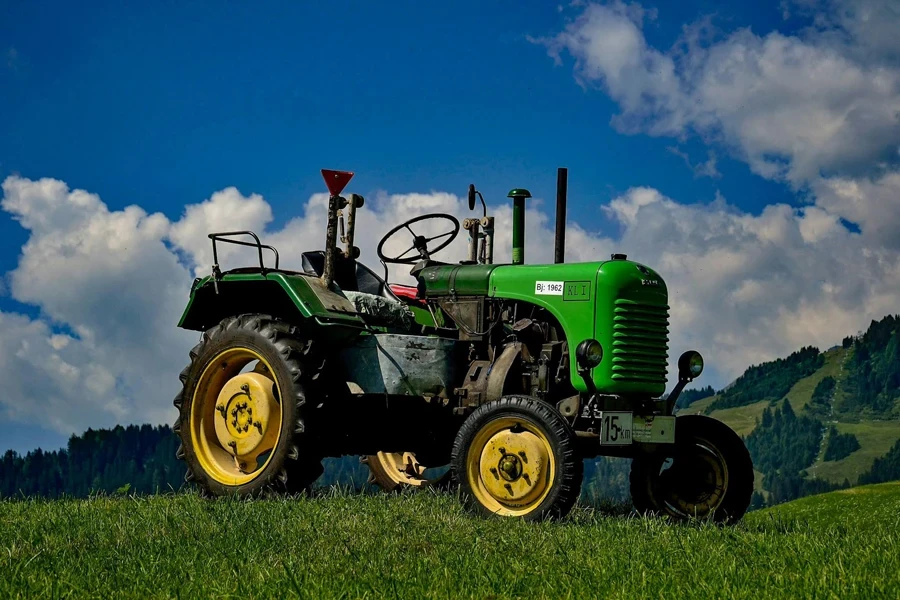
Even today, tractors are the backbone of any farm. These versatile machines perform a wide range of tasks:
- Plowing
- Tilling
- Planting
- Hauling
- And more
Depending on the type and scale of a farm, business owners can choose different sizes and power ratings for tractors. They may also feature various attachments to enhance their functionality. These may include plows, harrows, and seeders.
Soil Cultivation Equipment
Soil cultivators prepare the farmland for planting.
- Plows: These tools are used for turning and loosening the soil.
- Harrows: This type of equipment breaks up and smoothes the soil surface.
- Cultivators: These machines loosen the soil and remove weeds.
Soil cultivators are critical for any crop farm because they help farmers create an optimal seedbed.
Planting Equipment
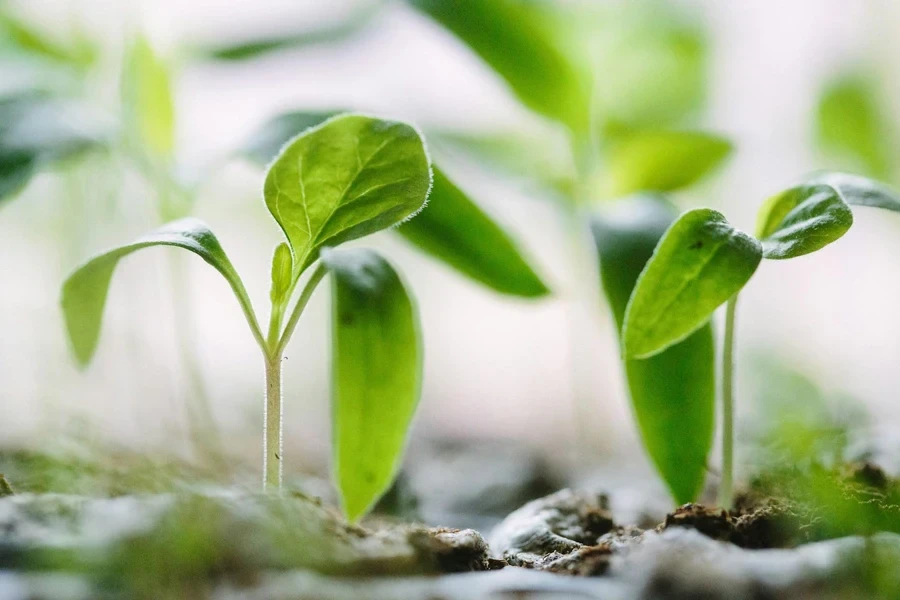
Once the soil is cultivated, it’s time to plant. Specialized planting equipment helps reduce the reliance on manual labor, increasing efficiency.
- Seeders: These tools distribute seeds evenly across the field.
- Planters: A planter places seeds in precise rows.
- Transplanters: Instead of seeds, these machines plant seedlings.
These machines help agriculture businesses achieve uniform crops and plant the seeds at just the right depth. This is vital for maximizing crop yields.
Fertilizer and Pesticide Dispensers
Fertilizers and pesticides help crops grow and protect them from pests. There are special dispensers that help farmers distribute them across fields.
- Fertilizer spreaders: These tools can help a farmer distribute both granular and liquid fertilizers.
- Sprayers: This type of farm tool applies pesticides and herbicides to crops.
When properly and safely applied, fertilizers and pesticides maintain crop health and productivity.
Irrigation Equipment
Water efficiency is critical for farms. They need to supply the right amount of water to the fields to maintain crop yields. Also, farms pursue cost savings and sustainability in terms of water resources.
- Drip irrigation systems: These are specialized tools that deliver water directly to the plant roots.
- Sprinkler systems: In contrast, these work above ground and distribute water evenly across the field.
- Center pivot irrigation: For larger farms, these are automated systems that cover wide areas.
Irrigation equipment ensures that crops receive the right amount of water when needed.
Harvesting Equipment

Harvesting equipment efficiently gathers crops. What used to be a slow and laborious manual process is now exponentially faster and easier thanks to these machines.
- Combine harvesters: Combiners harvest grain crops.
- Forage harvesters: These machines harvest plants to make silage used for animal feed and other purposes.
- Cotton pickers: These are specifically designed for cotton harvesting.
These machines are critical for maintaining crop quality because they have been designed specially to reduce losses and carefully harvest to increase yields.
Material Handling and Storage Equipment
There is still work to do after the harvest! Many tools help make this part of the process safer and more efficient as well.
- Grain carts: Farmers transport harvested grain in these vehicles.
- Conveyor belts: Once produce is inside storage facilities, conveyor belts help move it around.
- Storage bins: These help store harvested crops safely.
No less important than the tools in the fields, this type of equipment is essential for safe storage and handling.
All the above-mentioned agricultural tools are essential on most farms. Some may use more rudimentary equipment, while others turn to cutting-edge technologies to power their farming processes. The next section will discuss today’s most prominent trends in farming equipment.
Latest Trends in Farm Equipment
Farming equipment has come a long way. Today’s agricultural businesses need to harvest large crop yields quickly to provide enough food for the world’s growing population. At the same time, they are also looking for data-driven ways to become more sustainable and enable smarter processes.
Here are some of the most prominent trends in farm equipment that are transforming today’s farms.
Precision Agriculture
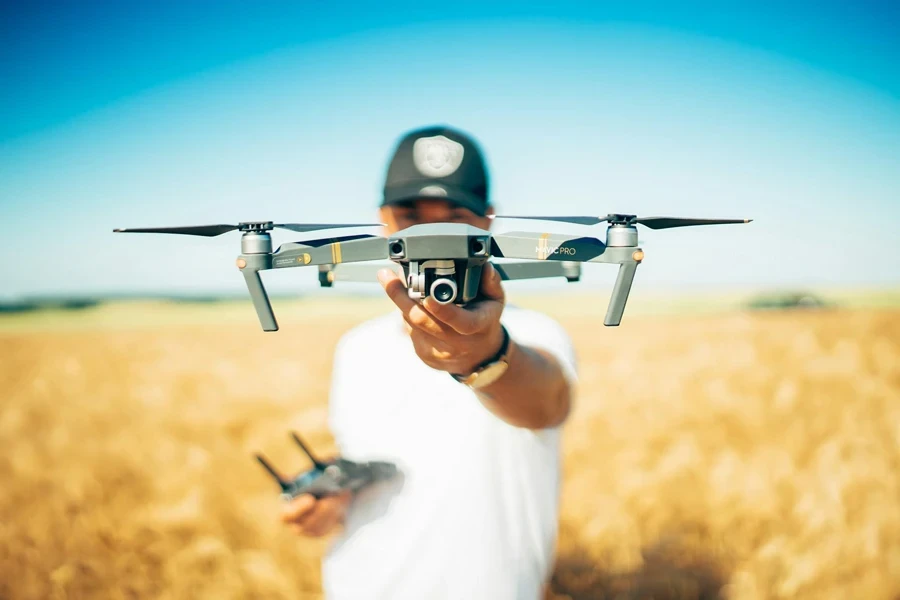
Precision agriculture is an all-new way for the farming industry to optimize productivity. It uses advanced equipment with built-in GPS technology, such as drones, to monitor fields. The approach combines the information collected with data analytics to make informed decisions.
This approach is truly trending. According to BIS Research, the precision agriculture market is projected to reach $4.36 billion by 2027, highlighting its growing importance.
By relying on satellite technology, farmers can get detailed insights into soil conditions, crop health, and weather patterns. This precise information usage yields the name – precision agriculture.
The trend also uses drones and Internet of Things (IoT) devices.
- Drones with high-resolution cameras and sensors can monitor large fields and identify any issues. This offers real-time information about crop health.
- IoT devices, such as soil moisture sensors and weather stations, collect data that can be analyzed to optimize everything from irrigation schedules to pest control.
Ultimately, the wealth of data and analytics helps farmers reduce waste and improve crop yields.
Sustainable Farming Practices
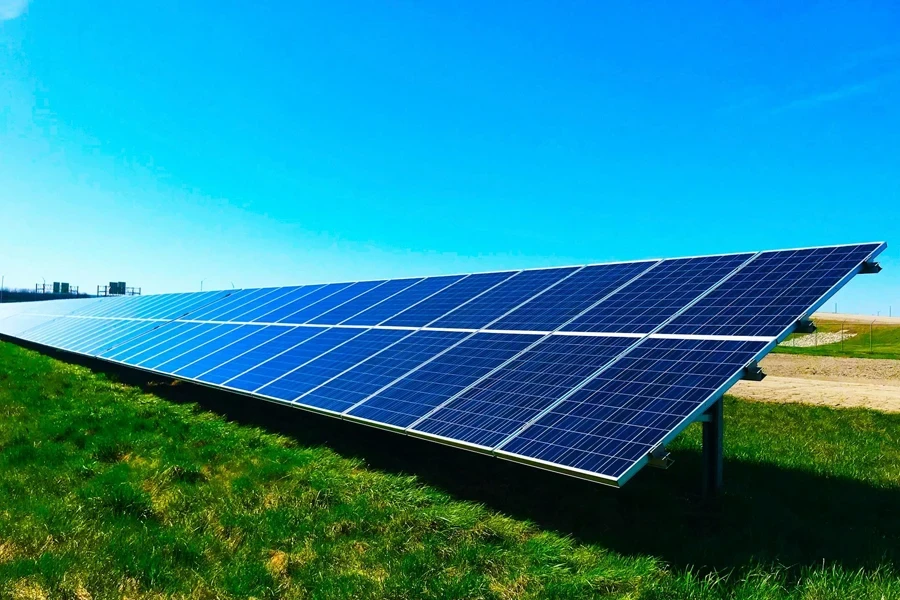
Sustainability is critical for farms. With increasingly stringent regulations and challenges surrounding soil erosion and climate change, farmers are turning to new technologies to increase the sustainability of their businesses.
So, what do they use? For example, many are switching to electric tractors to reduce their environmental impact. When farms can derive their energy from renewable energy sources (more on this next), charging electric tractors significantly reduces their carbon footprint and saves money in the process.
Speaking of renewable power sources. Farms located in sunny regions are turning to solar power equipment to generate their own energy and reduce reliance on the grid. This, again, has the potential to make them greener and save on energy costs.
Other important technologies include soil-powered fuel cells and GNSS smart antennas. These are powering the green revolution in farming and helping agricultural businesses reduce their carbon footprint.
Finally, farms are using data-driven technologies to optimize how they use various resources. Data analytics can help inform water management, reduce waste, and save electricity. The practice can also help farmers manage soil health and optimally implement crop rotation, further promoting sustainability.
Smart Machinery
Smart machinery powered by Artificial Intelligence (AI) has taken farms by storm. This includes tools like autonomous tractors, robotic harvesters, and other advanced equipment that use sensors and AI to perform tasks with minimal human intervention.
The US is facing severe labor shortages in the agricultural industry. Autonomous equipment can be a vital solution to fill this gap and ensure that farms continue to operate smoothly. These machines also increase efficiency and enhance the precision of farming operations.
For example, autonomous tractors don’t require a driver. They use GPS and sensor data to navigate fields while performing the same tasks as a traditional tractor. Meanwhile, robotic harvesters use AI to evaluate fruit and vegetables and determine if they are ripe enough to be picked.
These technologies reduce arduous manual labor and minimize crop damage. For many countries, these are critical to addressing looming labor shortages in the agricultural sector.
Wrapping Up
Whether running a small farm or an industry-scale agricultural business, it’s crucial to understand the various types of farm equipment available on the market.
The right agricultural equipment can be a game-changer for any farming business. Advanced farm technologies can help increase crop yields and offer farmers a data-driven way to manage operations. They can also support a shift toward intelligent operations and greener farming.
For more information on sourcing farm equipment, visit Alibaba’s farm equipment section.
